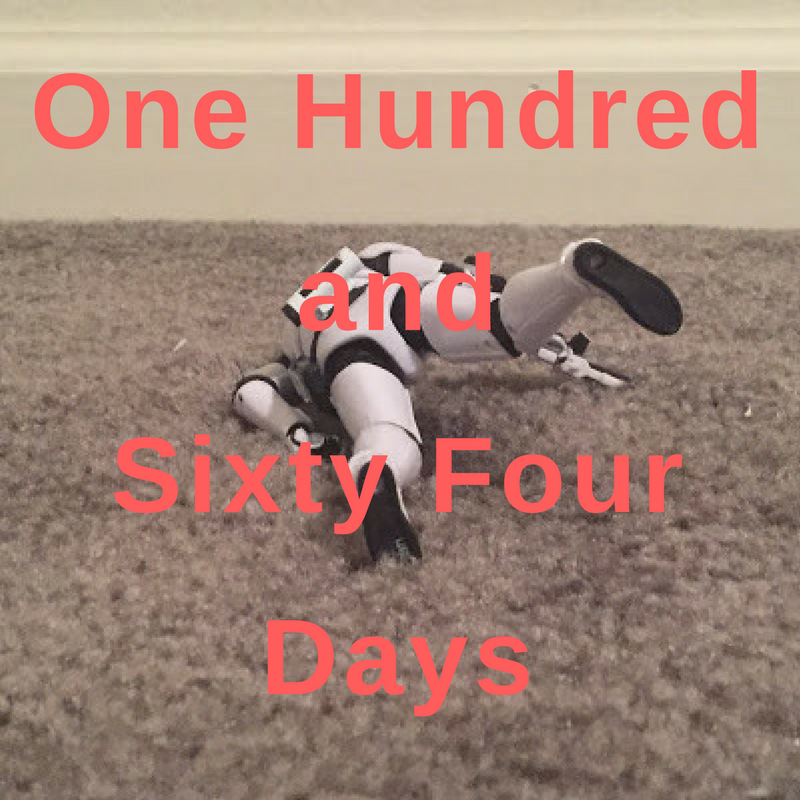Or, how about we try this whole "writing about comics on this
website again instead of just spouting off on Twitter" thing again?

As is known, Marvel is in the process of reprinting Alan Moore's
Miracleman, one of Moore's earliest and most significant works, long banished to legal limbo but
>ahem< miraculously resurrected by Marvel in recent years. As is also known, the general consensus is that Marvel has botched the project almost from the get-go. The first problem was that the reprints began with a flood of early Mick Anglo Miracleman stories, which were certainly not the best way to expose the character to a new generation of readers. (Is it rude to say that Anglo's stories are just kind of bad? Definitely the kind of work that the phrase "of historical interest" was designed to cover.) The second problem was that even after all the legal deadwood was cleared and the company could finally announce comprehensive reprints of the Moore and Gaiman material - the material people actually cared about - they were hamstrung by the decision to put out the monthly reprints in an overpriced package stuffed with historical material (of some interest), and again, Mick Anglo reprints (of almost no interest).
Alan David Doane is a longtime pal of this blog, and for a while now he's been very vocal in lamenting the low profile that Marvel's reprints have kept since their beginning.
On Thursday he had this to say:
I'm amazed at how little the ongoing Miracleman reprints, set to lead up to new issues by Neil Gaiman, completing his unfinished run, are being talked about. This week's re-release of one of the two most controversial issues in the series didn't even merit a mention in the most prominent weekly new releases rundown on a site dedicated to reporting on comics.
At first I thought Doane was referring to Jog's weekly round-up over at
The Comics Journal's website, but I went back to double-check and it turned out
Jog had mentioned the issue:
. . . Marvel continues to push out re-colored comic book editions of Moore’s (first) signature superhero recalibration. This is the issue where Rick Veitch draws the birth of a baby – quite a to-do back in ’86, but I suspect the House of Ideas’ usual practice of sealing every issue in a bag will suffice in lieu of the original’s Surgeon General-style cover warning . . .
(I don't know what site Doane is mentioning, then. But I do like Jog's use of "push out" as a metaphor for this particular issue.)
Mike Sterling picked up Doane's gauntlet and discussed the series
here, from his privileged position as a man who actually sells these things for a living:
Of course, it may be as simple as no one having much more to say “oh, hey, another Miracleman reprint is out,” which is a shame. Maybe once it’s complete, assuming it will be completed, we’ll see more new discussion about its overall impact on comics.
I would tend to agree with Sterling on this issue, and I think he is right to point towards three factors as the probable causes for the lack of excitement surrounding the release: 1) Marvel's obviously botched roll-out, 2) Alan Moore's somewhat diminished star power (
not gone, just . . . quieted down a bit), and 3) the difficulty of keeping up enthusiasm for anything on a recurring monthly basis for an extended period of time.
But even though I think Sterling is mostly right, there's more to the question here. Because Doane's question
is fair, and deserves a fair answer.
Part of the answer can be found just in Jog's brief summary.
"Marvel continues," he states,
"to push out re-colored comic book editions." So we know this is an ongoing thing. The bloom is off the rose, as it were, if not for the quality of the material, for the fact that the material is coming out at a fair clip. It strikes me as a very similar phenomenon to that which succeeded last year's release of the first My Bloody Valentine album in 22 years,
m b v. If you're anything like me, your response to the release of
m b v followed a simple pattern: sudden immense excitement followed by prolonged satisfaction, finally settling back down to business as usual. If you recall, that album was the product of a sudden online release, literally dropping in the middle of the night. People went to sleep thinking that the third My Bloody Valentine album would continue to remain vaporware for the foreseeable future, and then they woke up, turned on their computers, and there it was. It was a sudden, wonderful shock.
And it was good! That was the best part. It wasn't
Chinese Democracy, it was actually an honest-to-God proper follow up to
Loveless. A great deal of care had been expended making the album sound precisely right, and it was obvious that - if not entirely worth the 22 year wait (what possibly
could have been?) it was still far, far better than we'd had any right to expect after all this time. So we listened to it for a while and were pretty darn happy. And then . . . well, the moment passed. The shock of the new - and of receiving a gift we'd long ago given up hope of receiving - subsided. The idea of the third My Bloody Valentine record went from being a shimmering dream to a 9.1 score on Pitchfork. And the world kept turning, and people inevitably started wondering when the fourth would be released, or when D'Angelo might release new music, or if Outkast would record anything to go with their reunion tour, or . . . you get the idea.
It's hard to keep hyped about these things. That, at least, is human nature. Especially when the rollout was so botched, and the promotion was hobbled from the outset by Moore's desire to disassociate himself from the reprints, and Marvel's (unexpectedly classy, it must be said) willingness to honor his wishes in this regard.
But - and there's a but here - I don't know if any of this could have been avoided.
Put aside Moore's unwillingness to put his name on the books, that's a static factor Marvel had to work around. He surely knew that, regardless of whatever his feelings about the work may be, if he'd given his blessing, his name would have been plastered in massive type on the cover of every issue. Even if he hadn't cared about that, even if he'd been on board, he never would have done promotion for the books. So from the beginning they were held back by the fact that the only people who could give interviews or do publicity were artists and editors, none of whom are under any illusions about the identity of the book's main attraction. Not being able to put his name on the books, while certainly a small obstacle for any savvy retailer to overcome, nonetheless has to be considered a problem. But perhaps more importantly, for people who don't know the book's tortured history, it's "New" Alan Moore, and despite the fact that he still continues to produce a fair amount of work, his commercial stature comes mostly from books that were written over twenty years ago and are all known primarily as thick trade paperbacks.
The other piece of the puzzle - and one I suspect is more important than the previous piece - is that Marvel were more or less trapped by their business model into releasing the book in this unsatisfying format, and anyway, they're not complaining. Remember the second point Jog made above? Not just that Marvel was continuing to push out the reprints, but that they were pushing out
recolered reprints. Recoloring books, with all the attendant fuss and logistical difficulties that entails, isn't cheap (and neither was, for the matter, the initial purchase of the rights from Anglo). If they had inherited reprint-ready files, they could have gone straight to trade if they so chose. But they didn't, and since the option presented itself of putting out the books in a monthly format before the inevitable hardcovers, trades, and omnibi, they took that option in order to amortize as much of the costs of the recoloring as possible. And because Marvel is a business, they reasoned that they could make a more seemingly "substantial" package out of stuffing the issues with needless crap and jacking up the price a little bit more for the purpose of amortizing those coloring costs a little bit quicker. While it may be frustrating for retailers hoping for a bit more of a splash from the material, Marvel is undoubtedly getting exactly what they want and expect from the floppy format reprints.
Because - and this is important - despite whatever your feelings about the "event" status of the reprints, or lack thereof, Marvel probably always knew the issues themselves would land with a wet thud. They knew they would be able to attract a certain amount of readers to keep the book afloat, and still be able to reap the benefits of the eventual trade releases. And that's the crucial element here: it almost doesn't matter what Marvel does with the material in the short-term future. At some point in the medium-term future,
Miracleman will be finished and both Moore and Gaiman's runs will be available in thick hard- and softcover books until the end of eternity. And people who care about actually owning the stories will then be motivated to buy them, either in a thick omnibus edition, or deluxe hardcovers, or Comixology bundles, or whatever. The book doesn't start making real money for Marvel until it's all between two covers, stacked on the shelves of your local bookstore between
Watchmen and
From Hell. However much they flub or obfuscate the release now,
it doesn't matter one lick in terms of the book's long term sales potential.
The final point is one that neither Sterling or Doane address, but which I think needs to be broached. I understand Doane's reverence for the material.
Miracleman is indeed worthy of its reputation - as someone who only read the books after the fact, I can promise for anyone who has yet to read Moore's run that it ends spectacularly. The last few issues of
Miracleman are some of the most beautiful comics - in every meaning of the word - that have ever been created. Once Rick Veitch and
especially John Totleben show up, the whole thing blasts off into the stratosphere.
But. The book does not start off perfect. The first few issues of the periodical, reprinted from
Warrior, are downright rough in places. The transition from the ultra-compressed British anthology writing style to the slightly decompressed American 22-page format was not seamless. The art on the first half of the book is - well, if you know the stories you're probably used to it, but Chuck Austen is no John Totleben.
Miracleman starts out good and gets progressively better - in terms of both writing and art - throughout the course of its run, but it really only becomes the
Miracleman of legend in the last third of Moore's run. Complaining that the early run of
Miracleman is failing to set the charts on fire thirty years on strikes me as roughly analogous to wondering why people often get bogged down in the first
Cerebus phone book, never making it too
High Society or
Church & State: it's
mostly good, albeit quite dated, but on its own does little to convince curious audiences that it might be worth it to stick around a while.
Miracleman as a whole isn't Moore's best comic, but I would argue that the last third of the run
is every bit as good as the best parts of
Watchmen and
From Hell. The deficiencies of the first half will be alleviated by the inevitable collection. But as of now, for any customers without the background of knowing how it ends, the first half might leave them scratching their heads as to what exactly the big deal is. Partially this is because all the tricks Moore pulls in the early run have been photocopied into faint ghost prints by subsequent generations of creators, even Moore himself - it's familiar, in other words. But it's the last half, beginning with issue #9 and the infamous childbirth issue, that Moore begins to pull in some genuinely unique directions. The last run of
Miracleman is quite unique, and although you can see its outline in a few works by subsequent creators, I'd argue that it remains inimitable in roughly the same ratio as the first half has proven eminently imatable. When the reprints get there, after we meet the Warpsmiths, and Kid Marvelman returns, and
Miracleman stares down Margaret Thatcher, then we can talk about reception.










